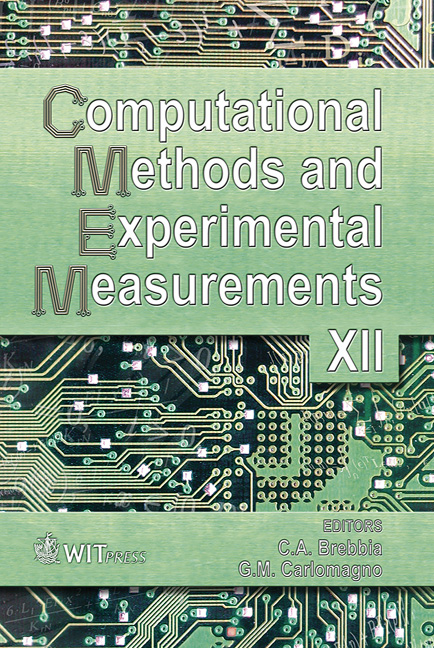Interrelating Creep And Stress Relaxation Of Medial Collateral Ligaments Using A Fuzzily Modeled Collagen Fibre Recruitment
Price
Free (open access)
Transaction
Volume
41
Pages
9
Published
2005
Size
365 kb
Paper DOI
10.2495/CMEM050641
Copyright
WIT Press
Author(s)
S. Taheri, M. M. Reda Taha, K. Firoozbakhsh & M. Moneim
Abstract
The objective of this work was to model the recruitment mechanism of collagen fibers in ligaments due to creep. Particularly, we were interested in relating the degree of crimp in collagen fibers to the ligament stiffness and profiling the creep behavior in a three dimensional model. The fibre recruitment mechanism is modelled as a multi-variable adaptive feedback system, where the system adapts to the level of applied stress, by receiving feedback from the total stiffness. Assuming that the recruitment of fibers is related to the degree of waviness of fibers, using fuzzy logic we can allocate a soft degree of collagen fiber participation such that it affects the ligament stiffness during creep. This way we collaborate the effect of all fibers including recruited and non-recruited ones with lesser degree to the final ligament strength to dissipate the energy. This technique enables the prediction of creep behavior from stress-relaxation experiments. In this paper we use experimental data provided by Thornton et al. [1]. 1 Introduction The study of mechanical behavior of fibrous connective tissues (FCT) revealed their time-dependent and non-linearity response specially in the toe region of the stress-strain relationship. Fung [2] proposed a quasi-linear viscoelastic theory (QLV) to model the nonlinear viscoelastic behavior of soft tissues. In the QLV model, stiffness is comprised of both time-dependence (viscoelasticity and pre-
Keywords





